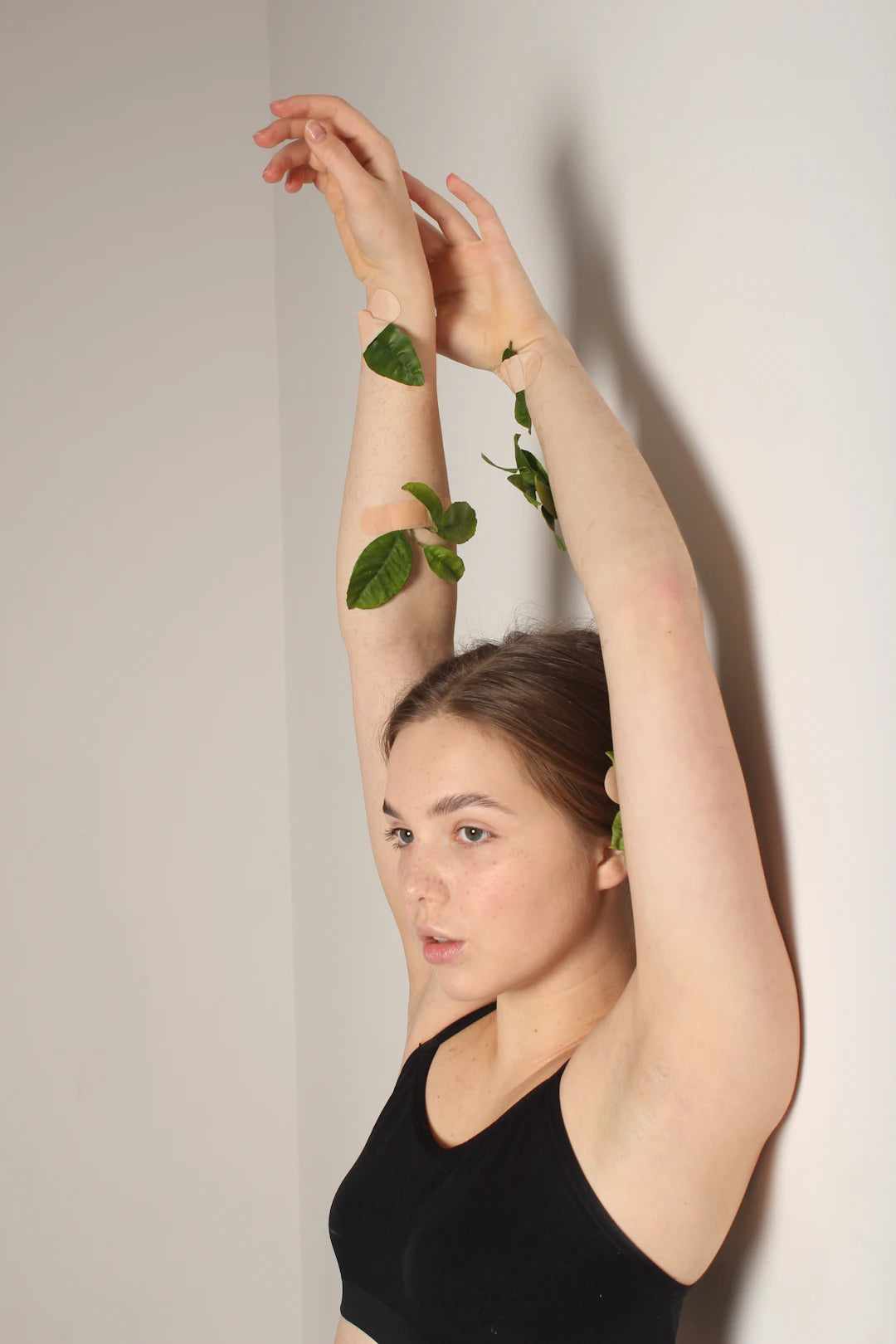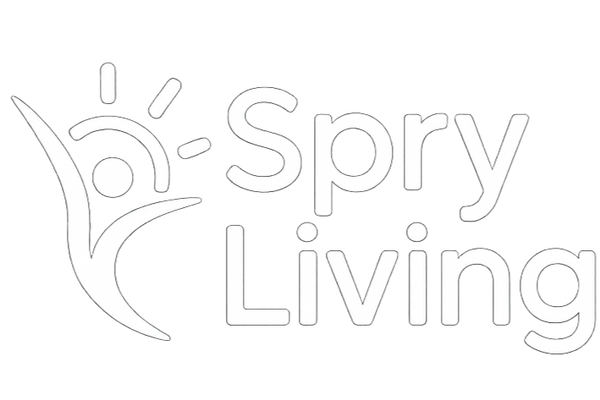
Yoga and Tai Chi: Gentle Practices for Seniors
Share
Frequently Asked Questions
1. What are the main benefits of Yoga and Tai Chi for seniors?
2. How can seniors get started with Yoga?
3. What should seniors know before starting Tai Chi?
4. How can seniors overcome motivation struggles in exercise?
5. What lifestyle habits can enhance the benefits of Yoga and Tai Chi?
The journey of aging brings along its own set of challenges, but it can also open doors to fulfilling experiences, especially when it comes to fitness. As we age, the body changes and we might find ourselves facing joint pain, balance issues, and sometimes, a lack of motivation to stay active. However, engaging in low impact workouts for seniors is crucial for maintaining overall health, flexibility, and strength. Two of the most embraced low impact workouts for seniors are Yoga and Tai Chi, both renowned for their gentle approach and myriad health benefits. In this guide, we will explore the calming worlds of yoga and Tai Chi, practical routines, and ways to incorporate these practices into your daily life.
Understanding the Benefits of Yoga and Tai Chi
Yoga and Tai Chi are more than just forms of exercise; they are holistic practices that connect the mind, body, and spirit. Let’s take a closer look at the benefits they offer:
Enhancing Flexibility and Balance
As we age, maintaining flexibility becomes increasingly essential. Both Yoga and Tai Chi emphasize gentle stretching and controlled movements that can improve flexibility and balance. This increase in mobility helps prevent falls, a common concern for seniors.
Relieving Stress and Promoting Mental Clarity
Seniors often deal with stressors that can range from health issues to changes in social dynamics. Yoga and Tai Chi incorporate mindfulness and meditation techniques that not only help alleviate stress but also enhance cognitive function, leading to better mental clarity.
Managing Joint Pain and Enhancing Strength
Many seniors grapple with joint pain or arthritis, which can make traditional workouts hard to endure. Since these practices are low impact workouts for seniors, they allow for movements that are gentle on the joints while simultaneously strengthening the muscles surrounding them, thus providing support and reducing discomfort.
Getting Started with Yoga
Starting a new practice can seem daunting, especially when it comes to yoga, given the various styles and poses. Here’s a simple guide to ease you into the world of yoga:
Creating Your Yoga Space
- Find a quiet, comfortable space where you can practice without distractions.
- Use a yoga mat or a soft surface to ensure comfort during your poses.
- Keep props handy, such as blocks and straps, to assist with poses if needed.
Starting with Gentle Poses
Here are three foundational poses to start your yoga journey:
- Cat-Cow Pose: This gentle flow between two poses stretches the spine and warms up the back. Begin on all fours, alternating between arching your back and lowering your belly to the floor.
- Seated Forward Bend: In a seated position, slowly reach your arms forward while hinging at your hips. This pose stretches the back and legs, promoting relaxation without strain.
- Tree Pose: This standing balance pose can help improve stability. Stand tall, placing one foot on the inner thigh or calf of the opposite leg while lifting your arms above your head.
Setting a Routine
Once you feel comfortable with some basic poses, aim to practice for 15-30 minutes two to three times a week. Pair this with deep breathing exercises to maximize relaxation.
Exploring the World of Tai Chi
Much like yoga, Tai Chi is an ancient practice that focuses on slow, intentional movements. Known for its martial arts roots, Tai Chi is often described as ‘meditation in motion.’ Here’s how to get started:
The Essence of Tai Chi
- Focus on slow, fluid movements.
- Emphasize deep, controlled breathing.
- Practice mindfulness by concentrating on your movements and body alignment.
Trying Basic Tai Chi Steps
To begin your Tai Chi journey, here are two basic movements that will help introduce you to its flow:
- Parting the Wild Horse's Mane: This graceful movement begins in a standing position. Shift your weight gently from one leg to another while imaginary 'parting' your horse's mane.
- Cloud Hands: This fluid motion involves shifting your weight while moving your hands in a circular motion in front of your body, helping with coordination and balance.
Establishing Your Tai Chi Practice
Try to allocate 20-30 minutes for Tai Chi, two to three times a week. Joining a local class or finding an online community can greatly enhance your experience by offering guidance and camaraderie.
Addressing Common Challenges
While incorporating yoga and Tai Chi into your routine can be immensely beneficial, there are potential hurdles. Here are some common challenges seniors might face, along with suggestions on overcoming them:
Motivation Struggles
Starting a new practice requires motivation, and if you find it lacking, consider the following:
- Partner with a friend or family member; exercising together can boost enthusiasm.
- Choose times that suit your daily routine, making it easier to make it a habit.
- Set small, attainable goals. Celebrate small victories to increase your motivation.
Concerns About Balance and Safety
If you have balance issues, always prioritize safety. Here are some tips:
- Practice on a non-slip mat or carpet.
- Keep a sturdy chair nearby to hold onto if needed.
- Consult with your healthcare provider before starting any new exercise program, especially if you have pre-existing conditions.
Joint Pain and Discomfort
Experiencing joint pain is common, but there are ways to adapt:
- Modify poses as necessary. Yoga offers many alternatives to traditional poses.
- Engage in extra warm-ups to loosen joints before practicing.
- Listen to your body. If something feels painful, adjust your movements.
Incorporating Healthy Lifestyle Habits
Combining yoga and Tai Chi with other healthy lifestyle practices can yield significant benefits. Here are a few suggestions:
- Nourishing Diet: Eating a balanced diet rich in fruits, vegetables, whole grains, and lean proteins can support overall health and improve energy levels.
- Hydration: Staying well-hydrated is essential for joint health and can enhance your workout experience.
- Social Interaction: Engage in community activities or classes. Social ties can enhance motivation and provide emotional support.
Embrace the Journey of Wellness
Yoga and Tai Chi are gentle practices that invite you to reconnect with your body and spirit while providing significant health benefits. Remember that every small step counts when it comes to fitness, especially in your senior years. Embrace the journey, explore the nuances of these practices, and listen to your body. With patience and consistency, you will find not just improved flexibility and strength, but also a greater sense of peace and well-being. So, roll out your mat or wear your comfortable shoes. The path to a healthier, more balanced life awaits you!
